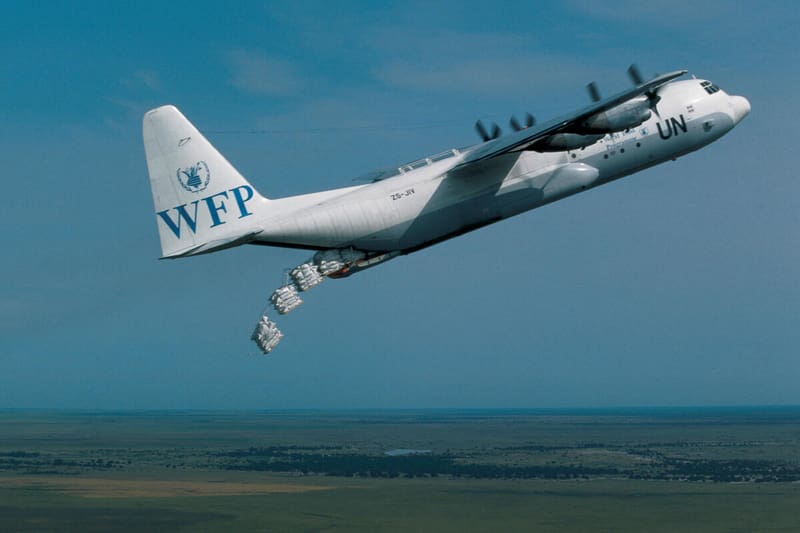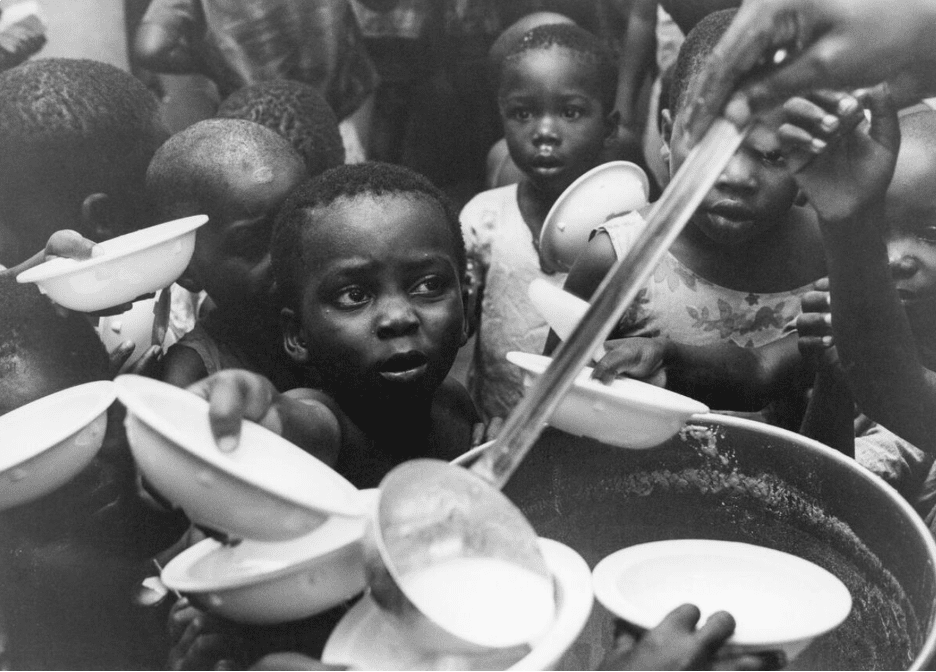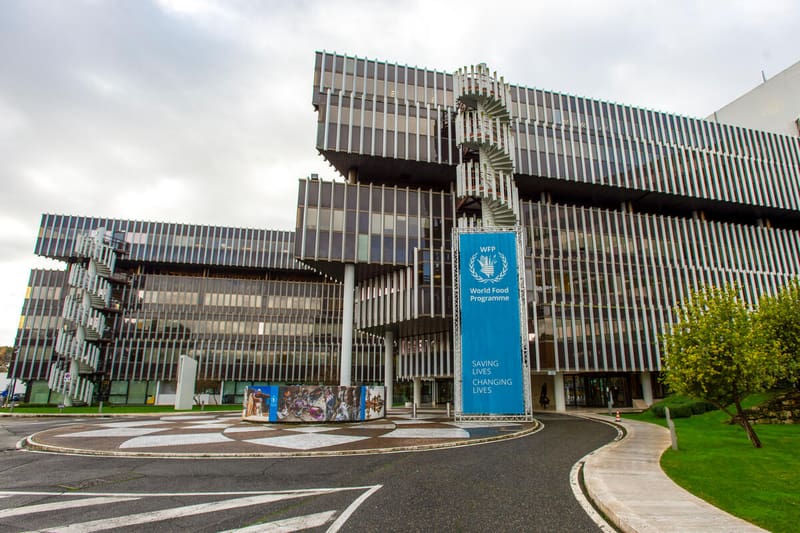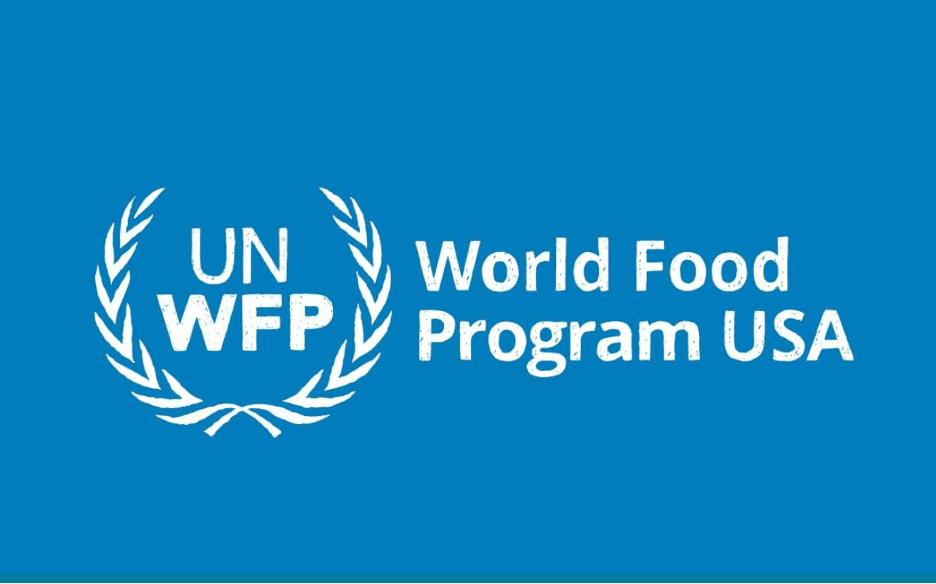The United Nations World Food Programme: A Nonprofit or Part of the U.N.?

If you’re reading this, you likely already know a bit about our work and what we do around the world. But have you ever wondered what exactly the United Nations World Food Programme (WFP) is? Or how it fits under the larger umbrella of the United Nations?
Let’s dive in.
What is the U.N. World Food Programme? Where and how did it come about?
You might know that the U.N. World Food Programme is the world’s largest humanitarian organization. We work in the toughest, hungriest places around the globe to save and change lives by delivering food to people in emergencies – and working with communities to build resilience to future upheaval.
Here’s a quick review of our 60 year history:
In 1961, Director of the United States Food for Peace Program George McGovern proposed creating a food aid program on a three-year experimental basis. By November of that year, the United Nations officially created the U.N. World Food Programme.
The organization proved its worth quickly, responding to crises in Iran, Thailand, Algeria and Sudan. In 1965, the U.N. World Food Programme was enshrined as a fully-fledged U.N. program meant to last.

The U.N. World Food Programme feeds refugee children in Nigeria in 1971.
From there, we responded to crisis after crisis – from Ethiopia’s 1984 famine to the Rwandan genocide in 1994 – and established emergency distribution hubs that would transform the U.N. World Food Programme into the logistics backbone of the entire United Nations and other NGO’s that it is today.
Since then, the U.N. World Food Programme has mobilized to feed millions of people in Syria, the Democratic Republic of Congo, Somalia, Yemen, Burkina Faso, northeast Nigeria, and 75 other countries – saving millions of lives around the world in the face of conflict, COVID-19 and climate change. In 2020, the U.N. World Food Programme won a Nobel Peace Prize for its work in fighting against the use of hunger as a weapon of war.
History buff? Check out our story in full detail here.
How does the U.N. World Food Programme fit into the United Nations today?
The U.N. system is made up of all kinds of funds, programs and specialized agencies – all of which have their own area of work, leadership and budget. Each of these separate entities works together toward common, overarching goals.
Learn more about the U.N.’s humanitarian agencies +
As for the U.N. World Food Programme? We are one of the U.N. system’s Funds & Programs – and fall under the purview of the U.N. General Assembly (that’s the main deliberative, policymaking and representative organ of the U.N.). We sit alongside organizations like UNICEF, UNDP and UN-Habitat. For a visual layout of the whole system, check out this helpful chart.

The U.N. World Food Programme headquarters in Rome, Italy on the day we were awarded the Nobel Peace Prize.
We work closely with more than 1,000 NGO’s and nonprofits around the world – from small grassroots organizations to large international aid agencies. These partner organizations help with food distribution, logistics and outreach.
What is WFP’s mission and ongoing work?
Here’s what we believe: In a world where there’s enough food to feed everyone on the planet, hunger should be a thing of the past. But conflict, climate change, disasters, inequality and – most recently – the COVID-19 pandemic mean one in nine people globally still goes to bed hungry, and famine is stalking millions.
Powered by the passion and dedication of more than 20,000 staff around the world, the U.N. World Food Programme works in over 100 countries and territories to deliver lifesaving food and help communities build better futures.

A U.N. World Food Programme Hercules C130 cargo plane drops food over famine stricken southern Sudan.
On any given day, we have 5,600 trucks, 30 ships and nearly 100 planes on the move, delivering food and other assistance to those who need it most. And every year, the U.N. World Food Programme distributes more than 15 billion meals to hungry people.
What’s the difference between the U.N. World Food Programme and World Food Program USA?
Great question. World Food Program USA (WFP USA) is a separate, U.S. based non-profit that was created in 1995 to support the work of the U.N. World Food Programme. We have a close relationship and have same mission of ending global hunger.

Here’s what we do:
World Food Program USA works tirelessly with individuals, policymakers, foundations, and companies in the U.S. to raise funds and support for the fight against global hunger. Our Washington, D.C.-based team ensures their donations and support get to where it’s most needed – helping the U.N. World Food Programme deliver food to hungry people.
Finally, we tell the story of the U.N. World Food Programme across America. We’re committed to spreading the word about the invaluable work they do around the world to keep people fed, safe, healthy – and at peace.
Want more? Check out our Impact page to see why we’re called the world’s first responder.




